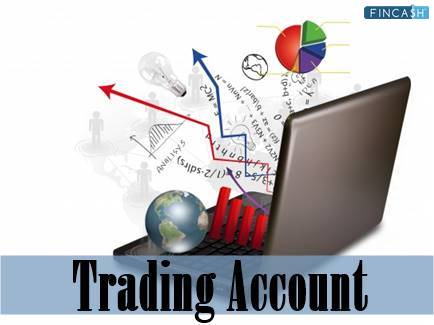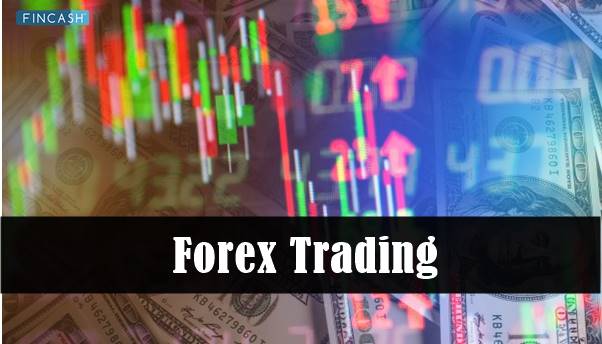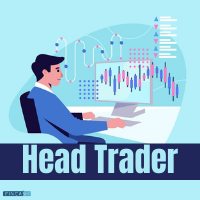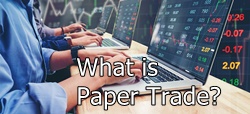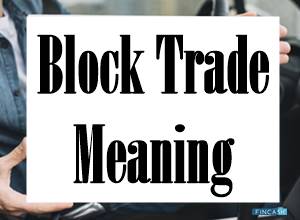
Table of Contents
Head-Fake Trade
What is Head-Fake Trade?
A head-fake trade refers to the phenomenon when a Market security's price moves in one direction, but then reverses and moves in the opposite direction. The name head-fake trade was derived from a tactic used by a football or basketball player. This tactic refers to the act where the players lead pretending that they are moving in one direction, but then moves in the opposite direction.
For instance, consider a situation where a Market Index has soared high amidst falling economic fundamentals. Traders looking to short the index will now monitor technical levels intensely. This will be done to evaluate whether the advance is beginning to break down.
Now consider that the index advance halts and starts drifting lower. In this scenario, the bears might rush based on the view that the index has been declining. But suddenly if the index reverses course and moves higher, it would be a classic head-fake trade situation.
Note that the contrarians usually try to gain profit from head-fake trade. This is because their trading philosophy is to go against the crowd. However, remember that traders and investors who fall for the head-fake trade are prone to incur losses. This is because the losses may occur before the start of a trend in the opposite direction. Sticking to strict stop-loss limits can help to reduce risks.
Talk to our investment specialist
Important Points About Head-Fake Trade
Over the past decade, the record bull market has produced a number of head-fake trades since its inception in March 2009. One of the best examples was the ‘Flash Crash’ occurred on May 6th 2010. The Dow Jones Industrial Average (DJIA) plunged almost 1000 points within minutes in intra-day trading before wiping most of the loss by the end.
Traders who trusted and invested long-term bearish bets on U.S. equity indices experienced the pain of witnessing these indices go on to record highs in the following years. Their view was that the Flash Crash would give rise to a new Bear Market.
All efforts have been made to ensure the information provided here is accurate. However, no guarantees are made regarding correctness of data. Please verify with scheme information document before making any investment.
